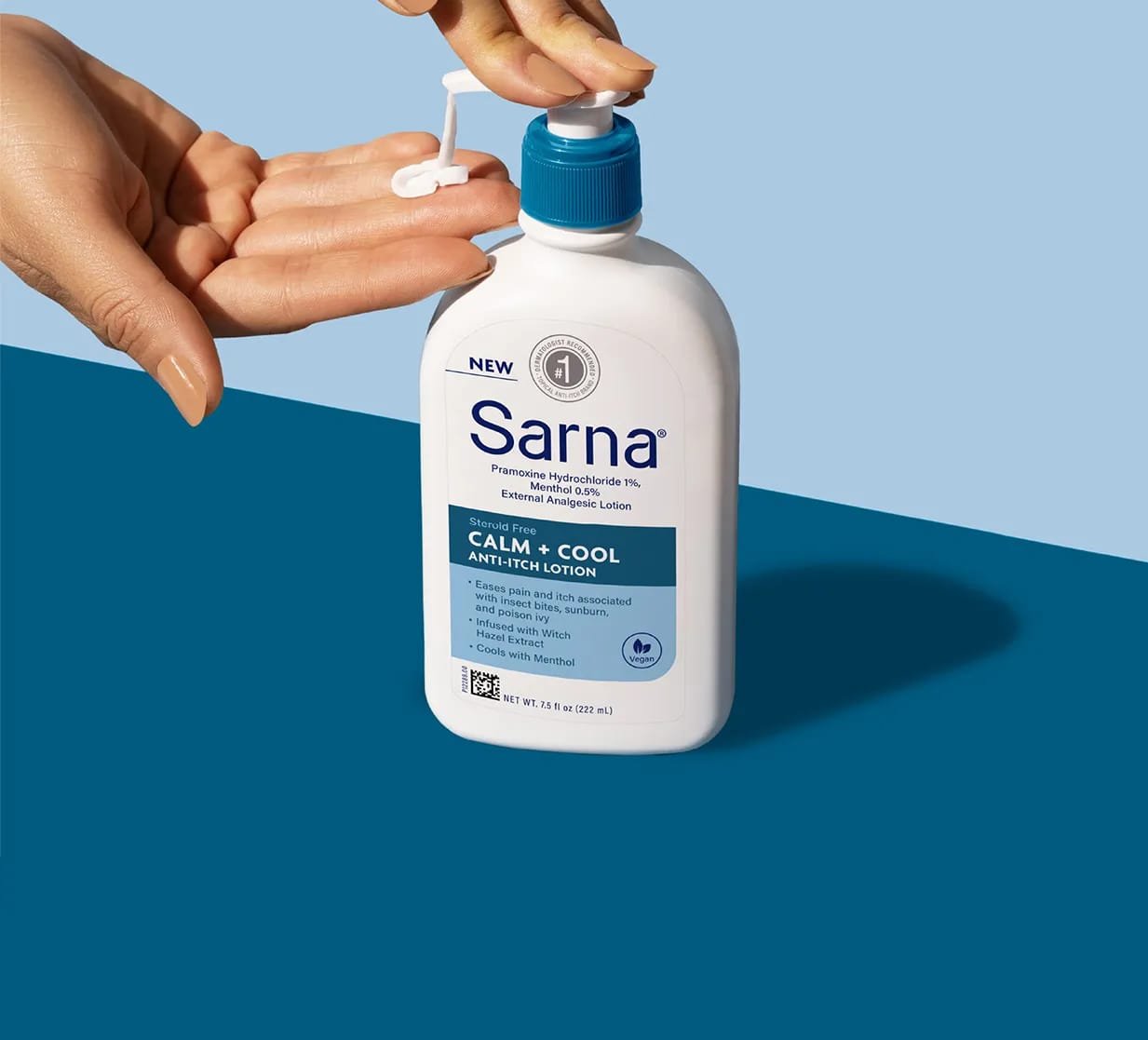Answering the Question: What Is Squalane & How Can It Help?
TL;DR: Squalane is a lightweight, plant-derived oil your skin already knows how to use. It hydrates without greasiness, works for every skin type, and it’s easy to add to any routine, morning or night.
What is squalane? Well, it might look like just another unfamiliar word on a product label, but it’s one that’s worth knowing. This light ingredient gives skin moisture without greasiness and works for more types of skin than most products can manage. You’ll see it in face oils, moisturizers, and even body lotions found on the market today.
What makes it so easy to use is that your skin already knows it. Squalane is similar to the natural oils your body produces, so it absorbs without a fight and rarely causes irritation. Learn the difference between squalane and squalene and you’ll understand why it appears in so many formulas.
What is Squalane vs Squalene?
So, what exactly is squalane versus something else that sounds very similar – squalene? Your skin naturally makes squalene, but with an “e”, as part of its own oil mix. It keeps moisture in and skin soft, but there’s a catch.
Production slows as you age, and the raw form breaks down fast when it’s exposed to air, so it won’t last long in a jar or bottle. Squalane (with an “a”) is the stable form, and it’s made by hydrogenating squalene so it stays fresh and usable for months, even years.
You don’t lose anything versus the natural stuff, as the benefits stay the same, but now it’s practical enough to work into everyday skincare.
Why It Works for So Many People
Because it’s so close to your own oils, squalane sinks in quickly and feels weightless. It’s non-comedogenic, so it won’t clog pores, and it’s mild enough for sensitive skin. That means it’s not only for people with dryness, but also for those with oilier skin who can use it for balance without the heaviness of rich creams.
It also strengthens your skin barrier. A stronger barrier means fewer irritants getting in and less moisture escaping, which over time helps calm redness, smooth dry patches, and keep skin comfortable.
From Sharks to Plants…Really?
“We were with you up until now, but sharks? What do they have to do with face care?” Years ago, most squalene found in the cosmetics industry surprisingly came from shark livers. It worked well but wasn’t sustainable or ethical.
However, that’s not the case today. Today’s squalane is almost always made from plants such as olives, sugarcane, rice bran, or wheat germ. This change makes it vegan-friendly and far more environmentally responsible without changing how it works.
There’s no complicated routine with this ingredient either. You can apply it on its own like a facial oil, mix a few drops into your usual moisturizer, or use a product that already contains it. It works both morning and night, and it layers without trouble over most serums or treatments.
What is Squalane? It’s a No-Hassle Route to Smoother Skin
If you’ve been chasing a moisturiser that’s light, easy, and works year-round, squalane is worth trying. It’s a no-fuss way to keep skin soft, balanced, and resilient.
It’s so important to check the label next time you’re buying skincare, because when you see squalane listed, you know you’re looking at a product with an ingredient that quietly works in the background to keep your skin in better shape, day after day.
If it’s not already part of your routine, perhaps it should be? Food for thought indeed!







